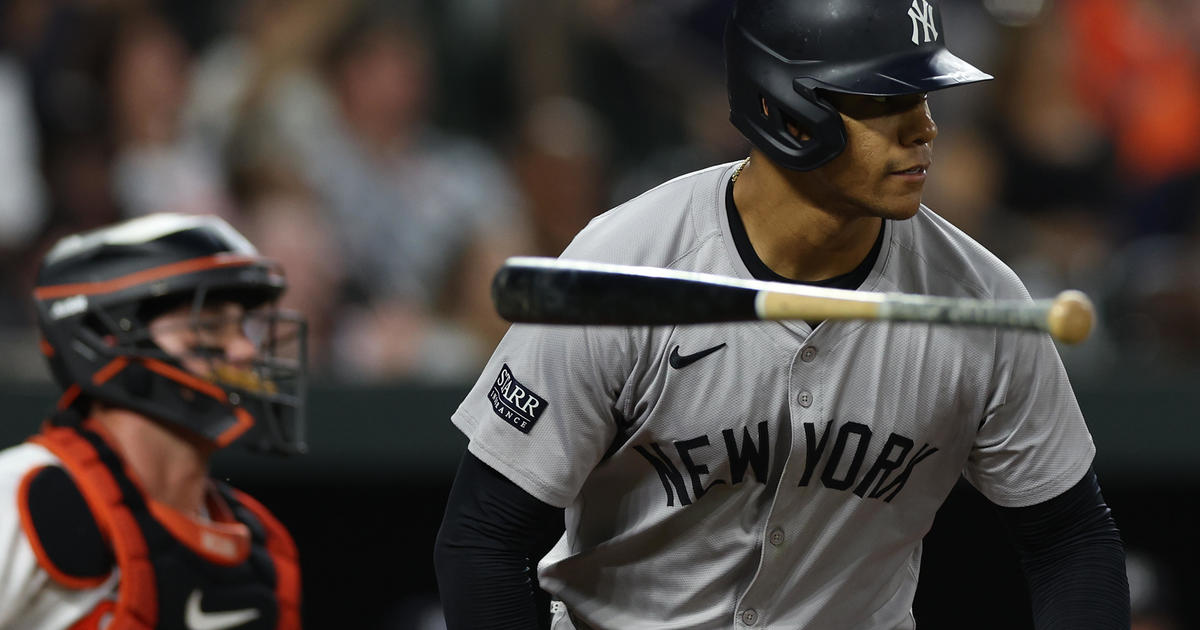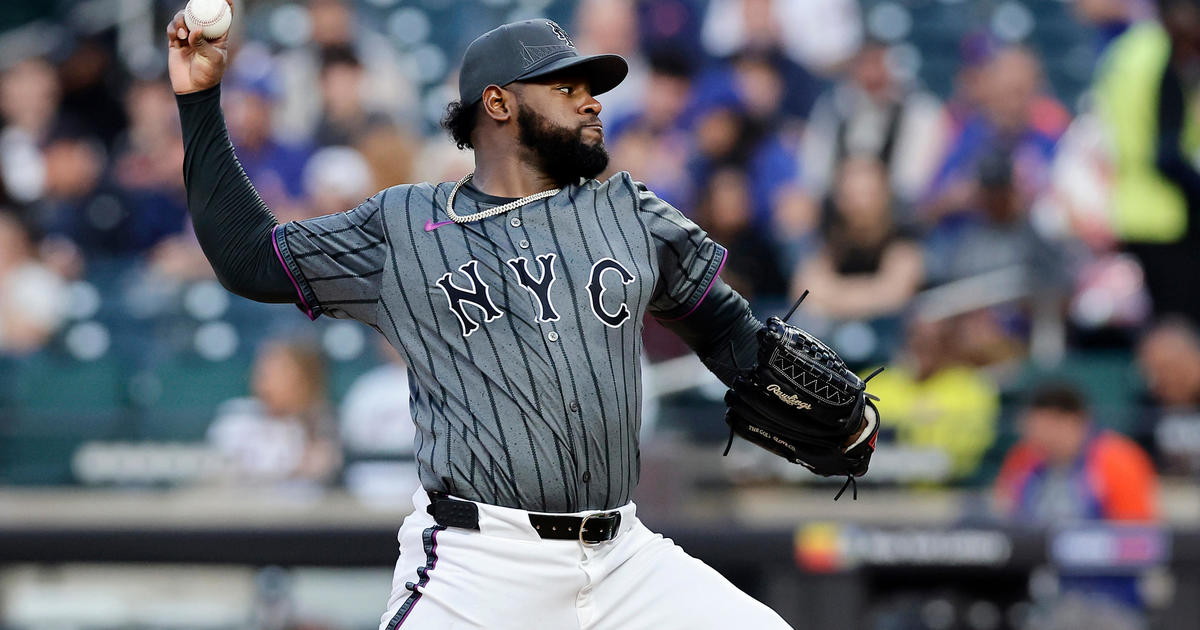Sims: Breaking Down Luis Torrens' Season-Ending Injury
By Abby Sims
» More Columns
It was another blow for the Yankees on Tuesday when Luis Torrens, a minor league catcher and top prospect from the international class of 2012, was diagnosed with a season-ending labral tear in his right shoulder. Torrens, who will be 19 in May, is scheduled for surgery with Dr. David Altchek on March 5.
Baseball America reported that while playing amateur ball in Venezuela, Torrens played shortstop and then third base before scouts recognized that his body type and skills were best suited for playing behind the plate. Touted for his defensive ability, quick release, throwing accuracy and strong arm, Torrens' season at Class A Charleston last year was curtailed by a shoulder strain, and he achieved greater success finishing out the shortened season with Staten Island.
Torrens -- who also shows promise as a hitter -- was ranked by Baseball America as the best player on last year's Staten Island club. and the Yankees' ninth-best prospect coming into the 2015 season.
A Little About The Shoulder Labrum
The labrum is a firm fibrocartilaginous structure that is attached to the inner socket of the shoulder and hip joints. In both cases, the labrum deepens the socket in order to provide more stability for the joint. By almost cupping the rim of the rounded head of the humerus at the shoulder, and that of the femur at the hip, the labrum allows for the extraordinary ranges of motion of these "ball and socket" joints while protecting them from dislocation. Ligaments -- which connect one bone to another at each joint -- and the joint capsule (which surrounds each joint and its ligaments) are the other structures that serve to provide joint stability. At the shoulder, some of these ligaments attach directly to the labrum.
The labrum is also the uppermost attachment of the long head of the biceps, the muscle in the upper arm whose primary function is to bend (flex) the elbow. Interestingly, studies have shown that the long head of the biceps also plays a role in providing shoulder stability. It follows then that a labral tear that disrupts the origin of the long head of the biceps has an even greater impact on stability than one that does not.
How Can A labrum Tear?
The most common injury to the labrum is not so much a tear as a dislocation of its upper (superior) end, running from the front (anterior) toward the rear (posterior) end of the structure. This is known as a SLAP tear (superior labral tear from anterior to posterior). Traumatic mechanisms of injury involve falling onto the shoulder, suffering a blow directly to the shoulder or a dislocation – all of which are common in contact sports.
Labral tears are also common amongst throwing athletes due to repetitive activities that stress the anterior compartment, like the cocking position of pitching. Other overhead sports can also stretch the stabilizing structures of the front of the shoulder joint, stressing the labrum and creating tears either from explosive motion or degeneration due to wear and tear. This is especially the case when the rear (posterior) portion of the joint capsule is too tight.
The Yankees won't feel the loss of Torrens at the major league level this season, but by losing a year of development his debut with the big club might be further off than intended. He is young and should heal well, however, and his future remains bright.
Follow Abby on Twitter @abcsims.



